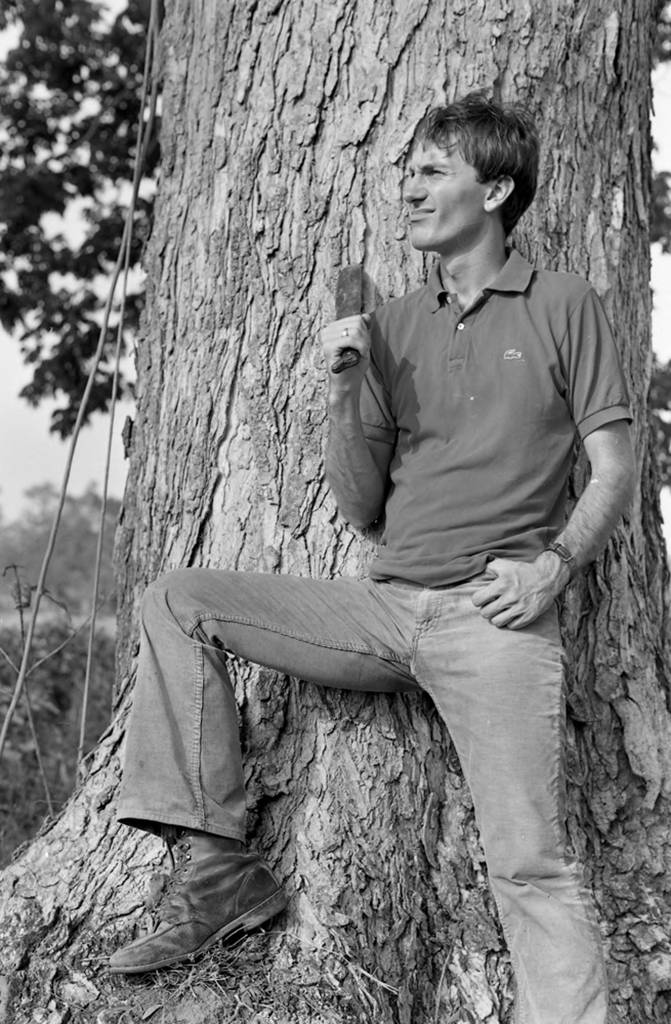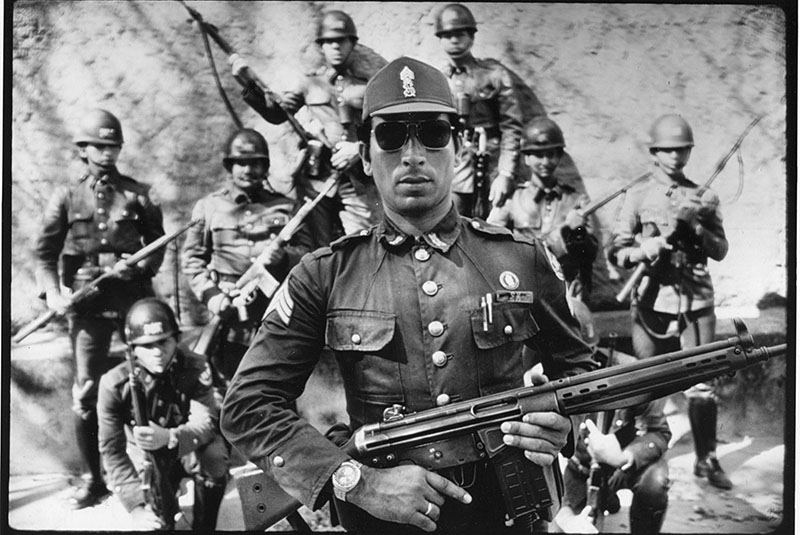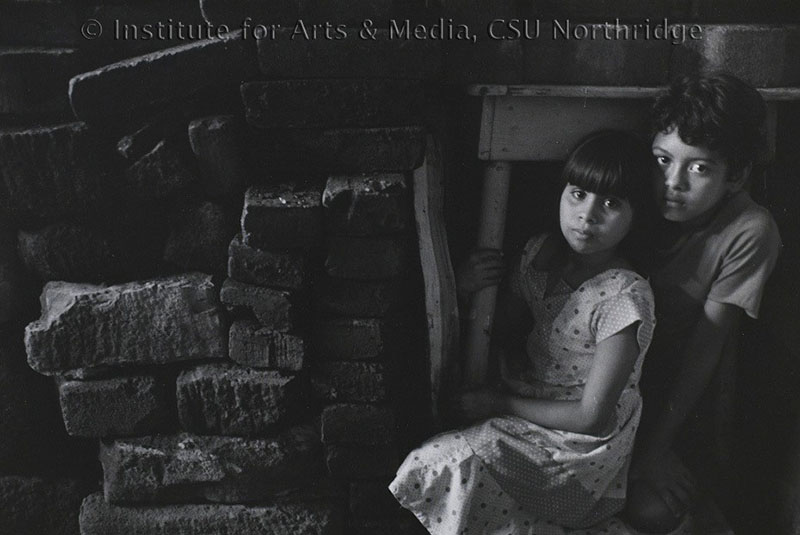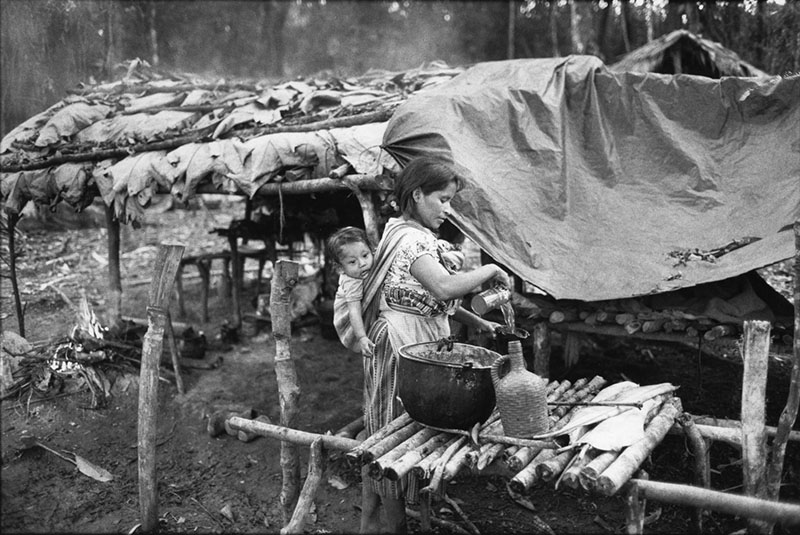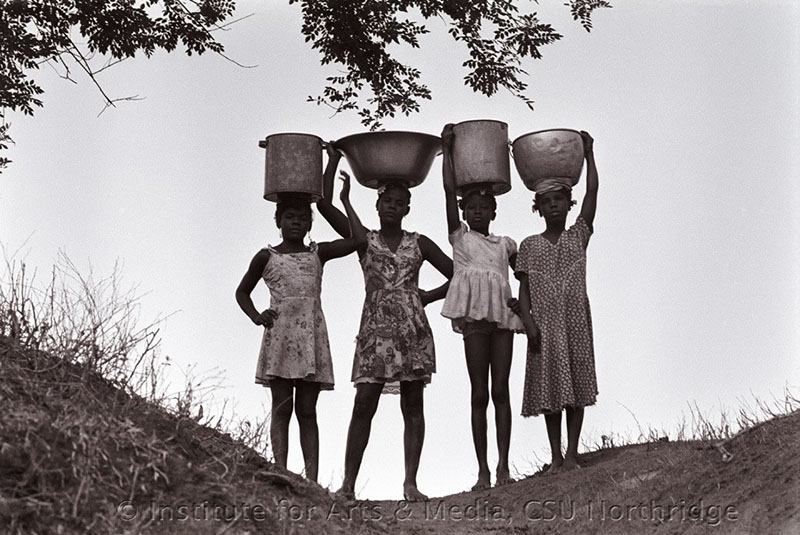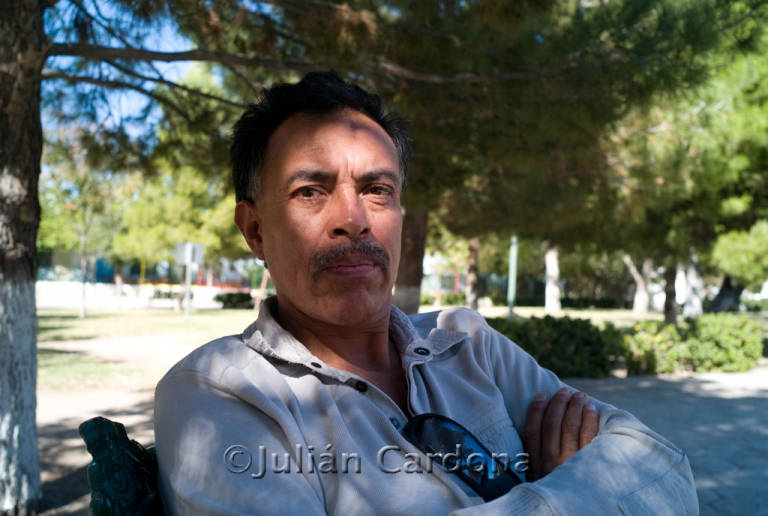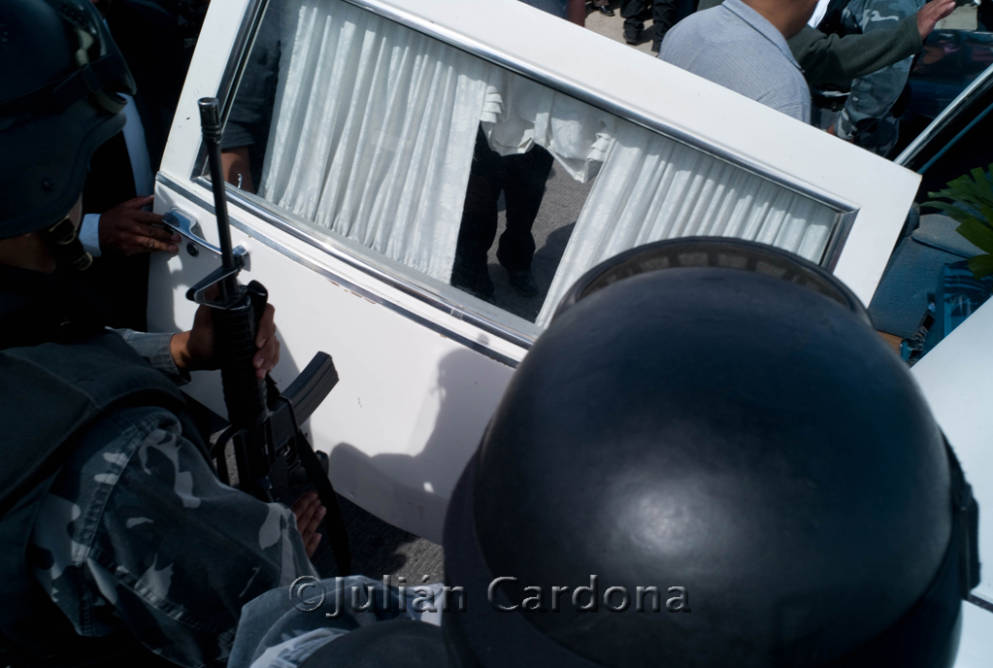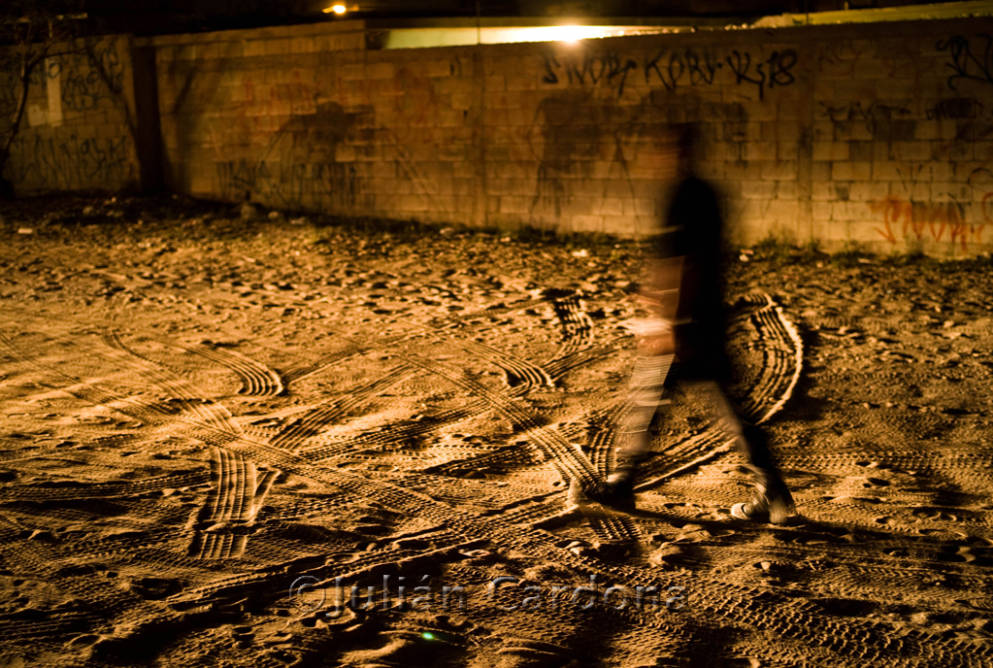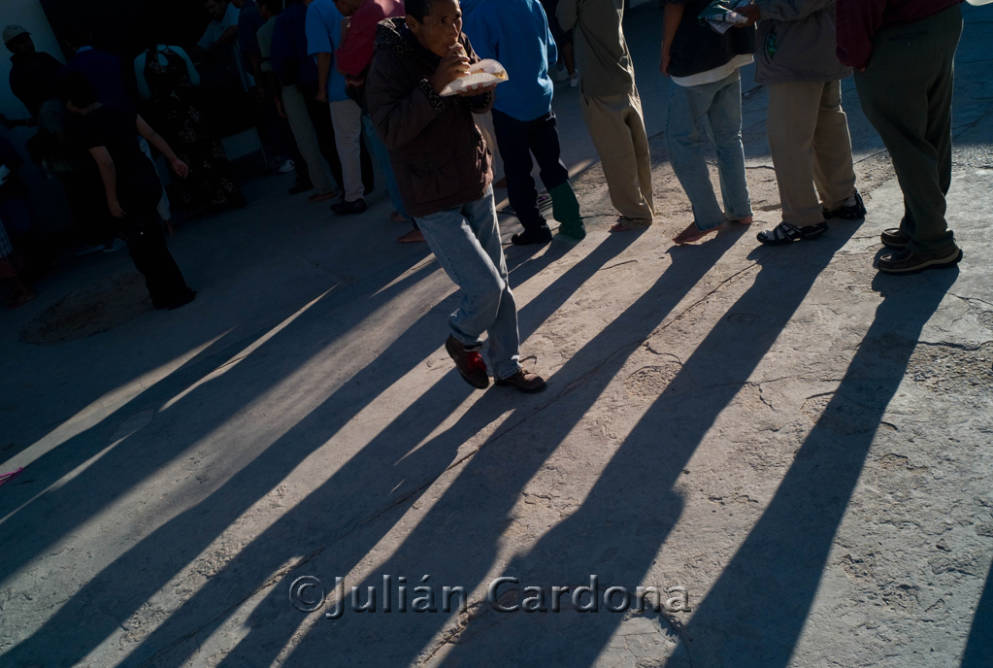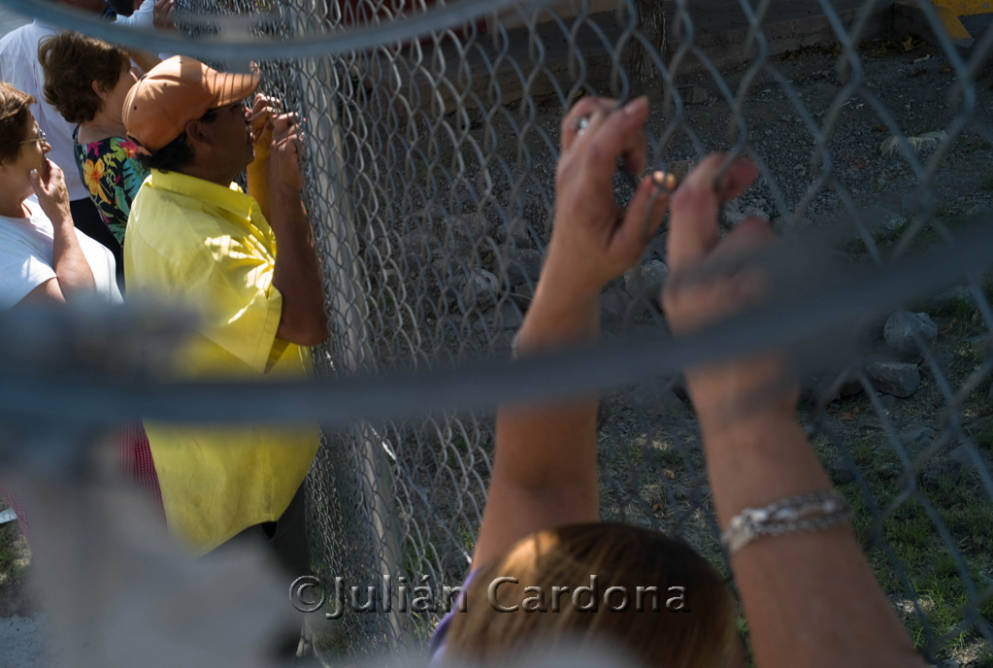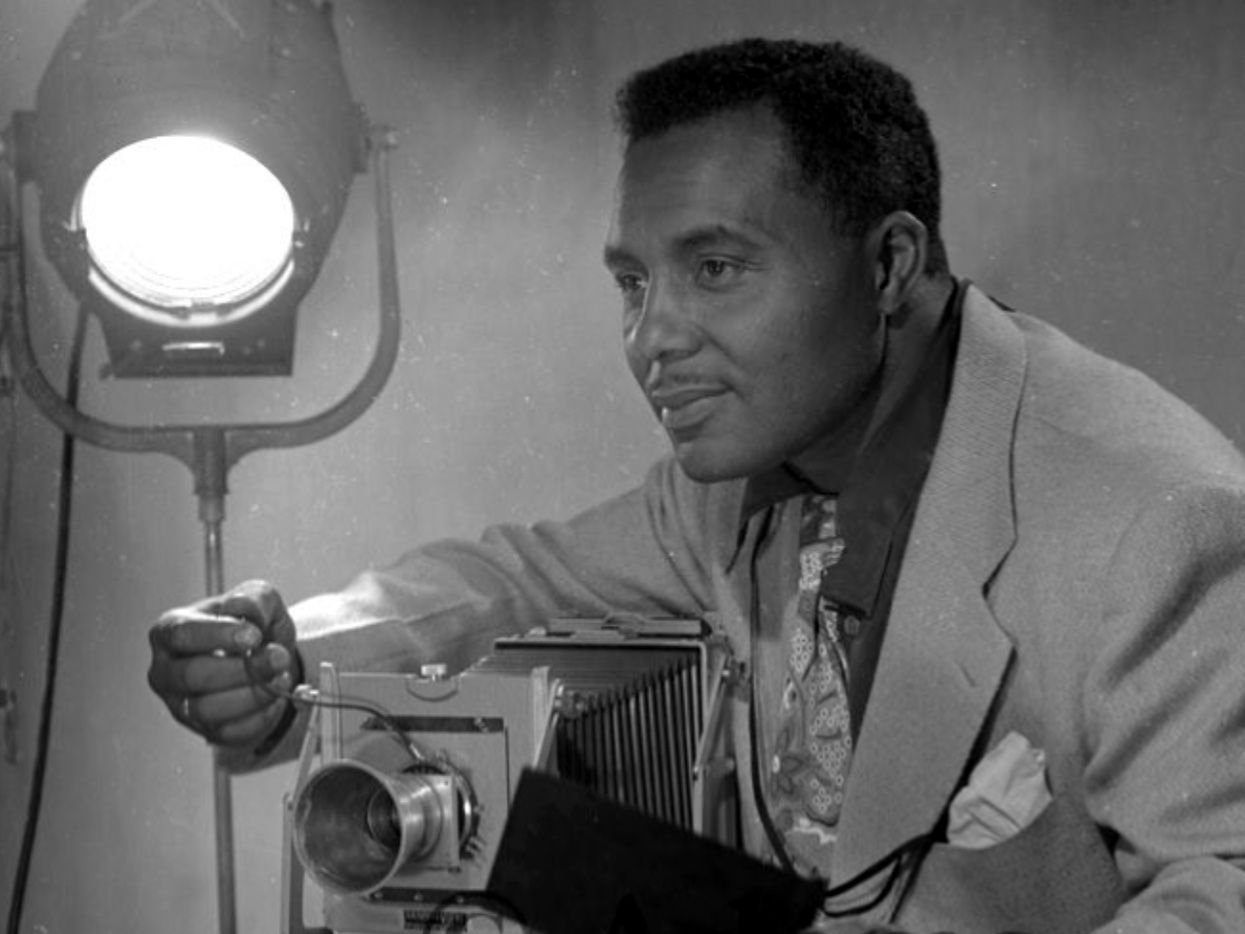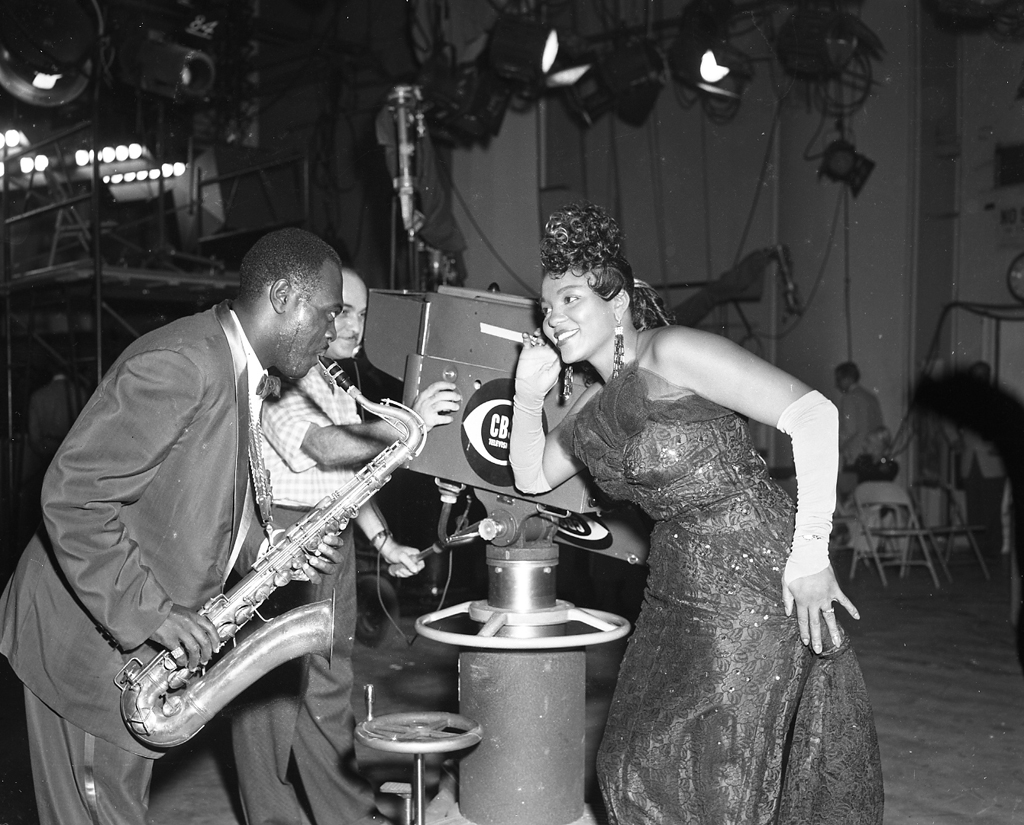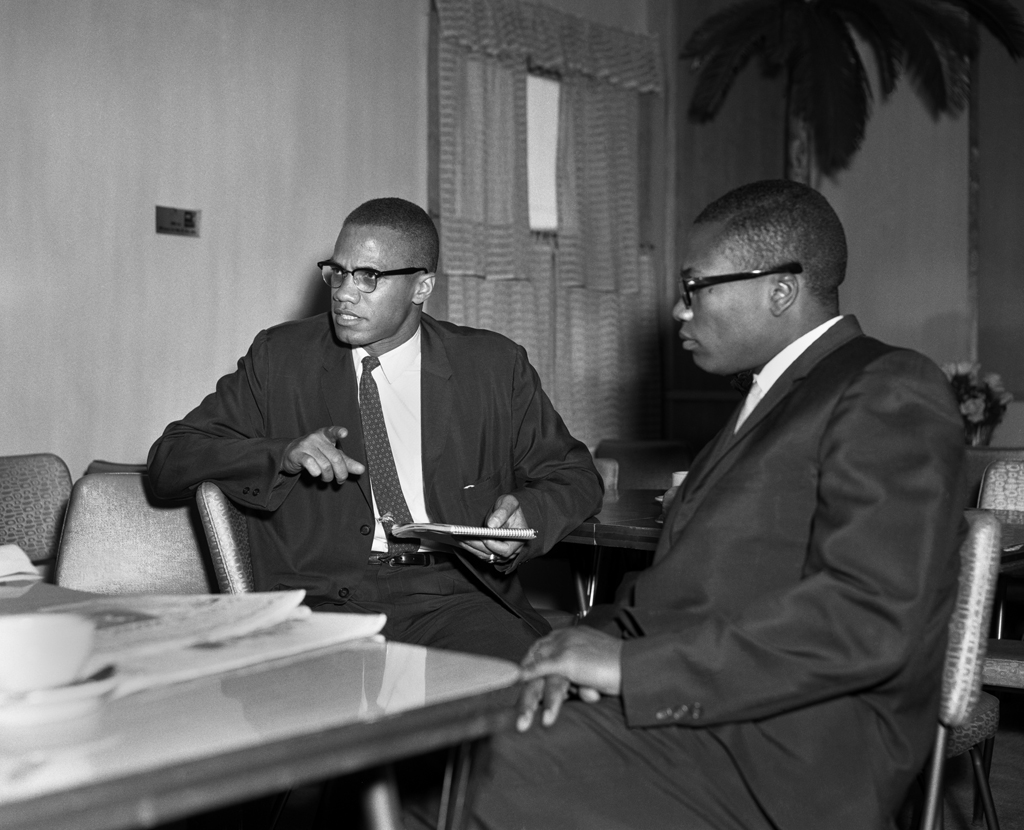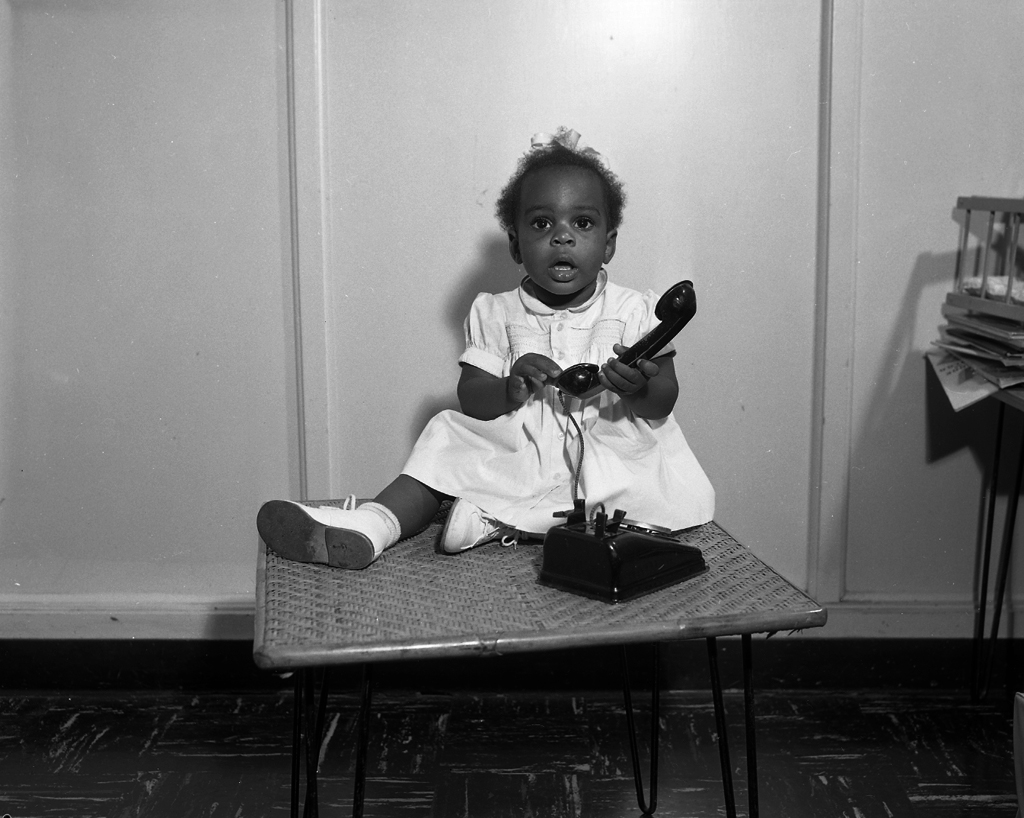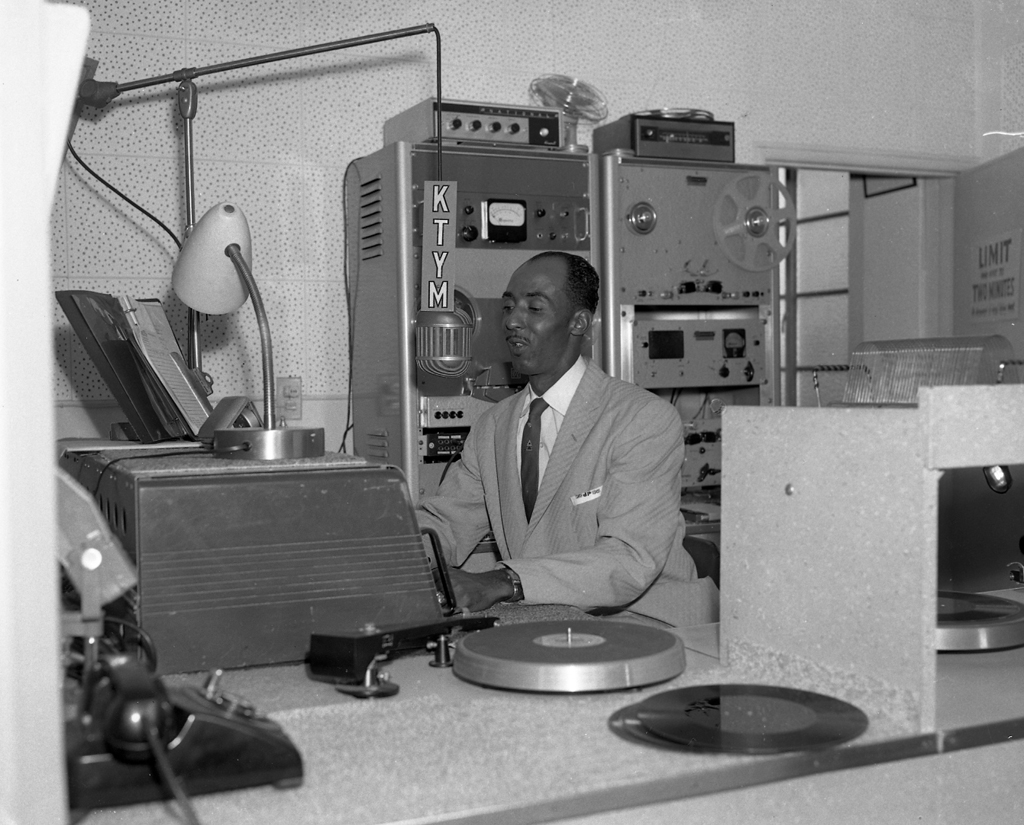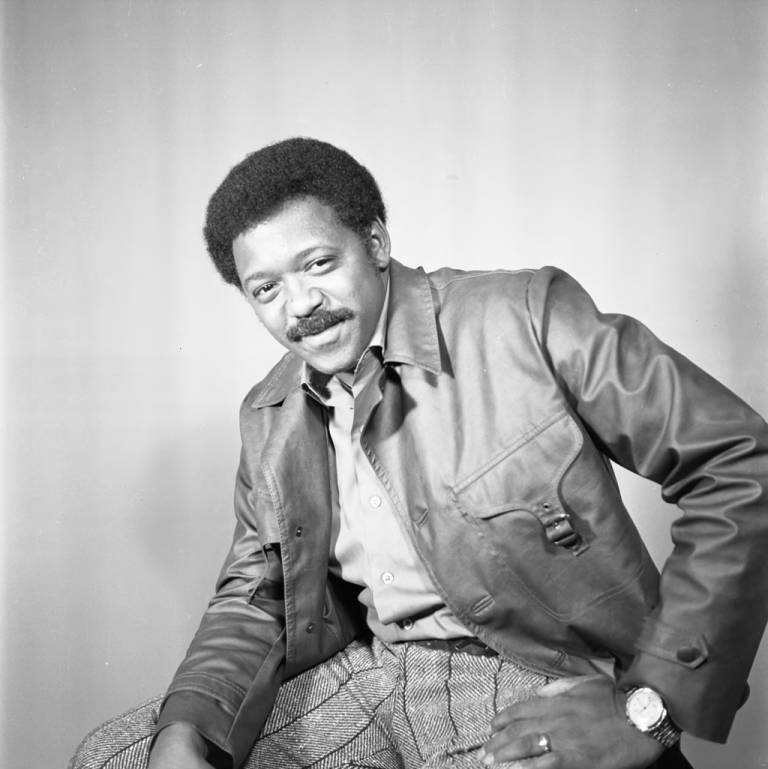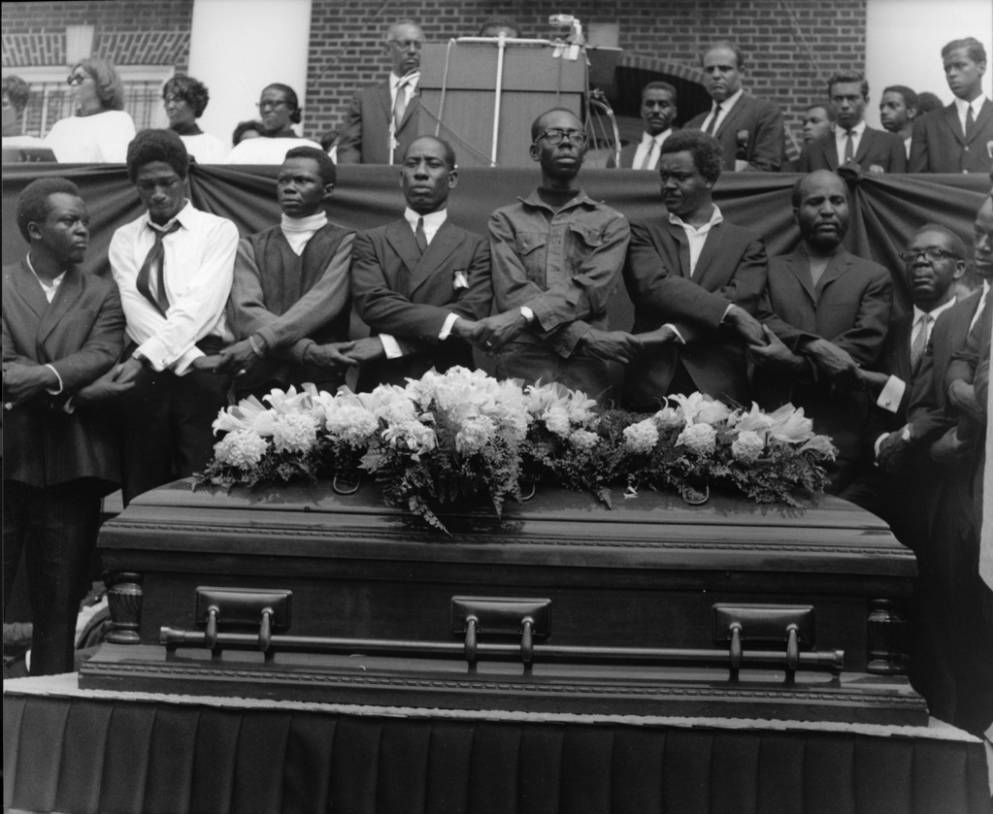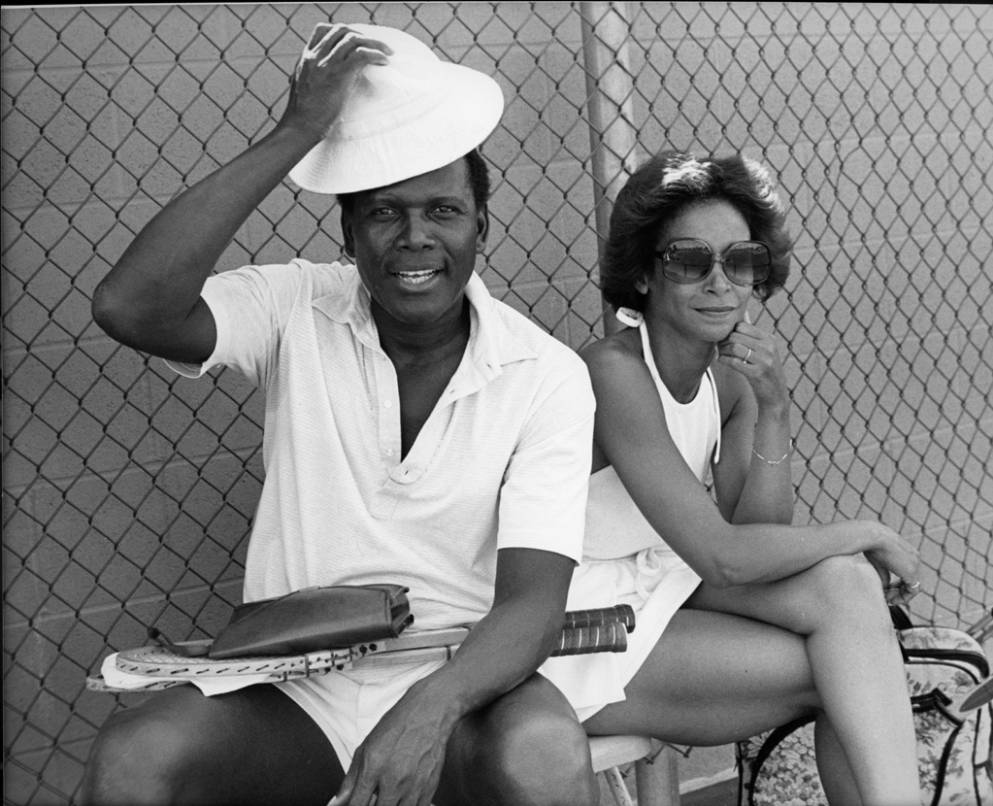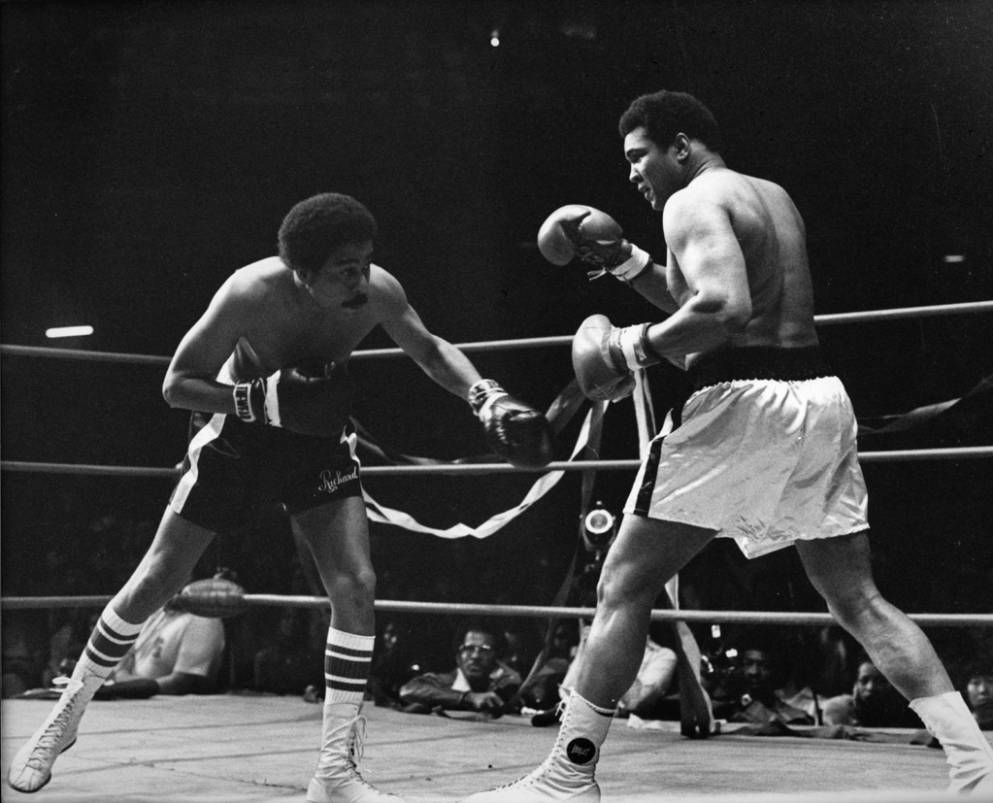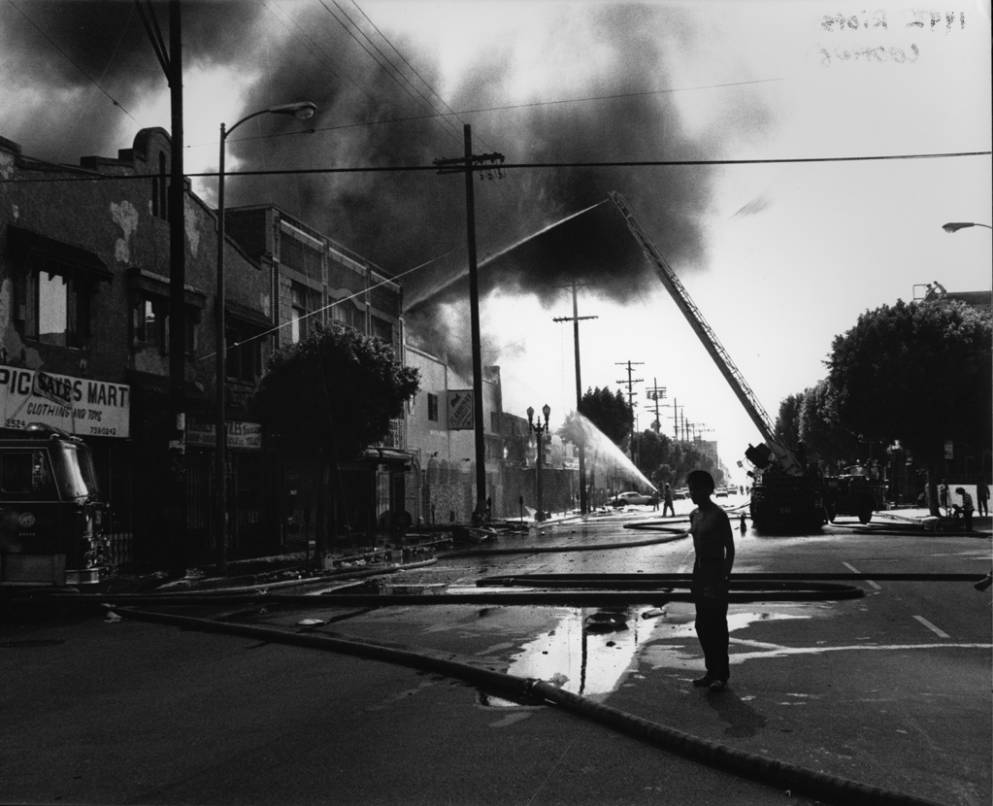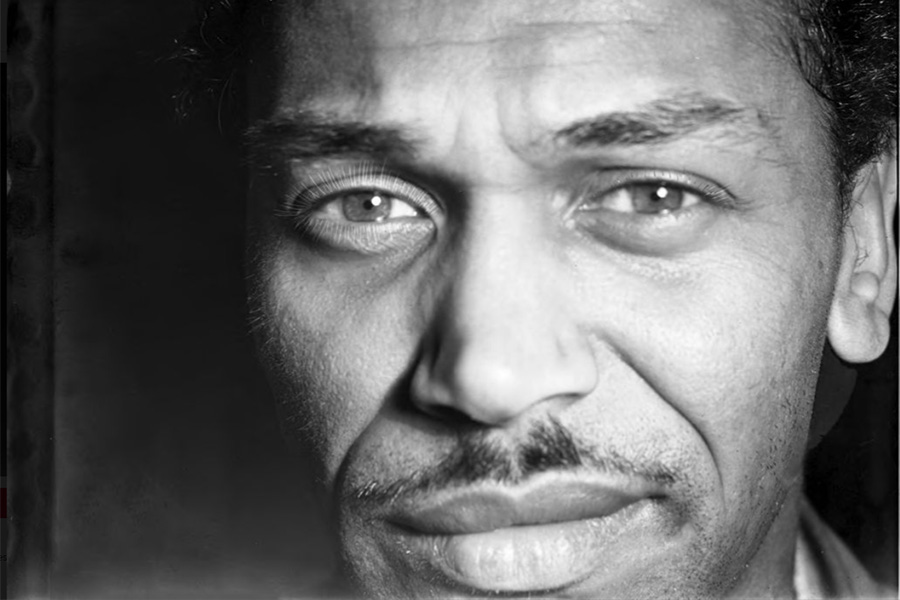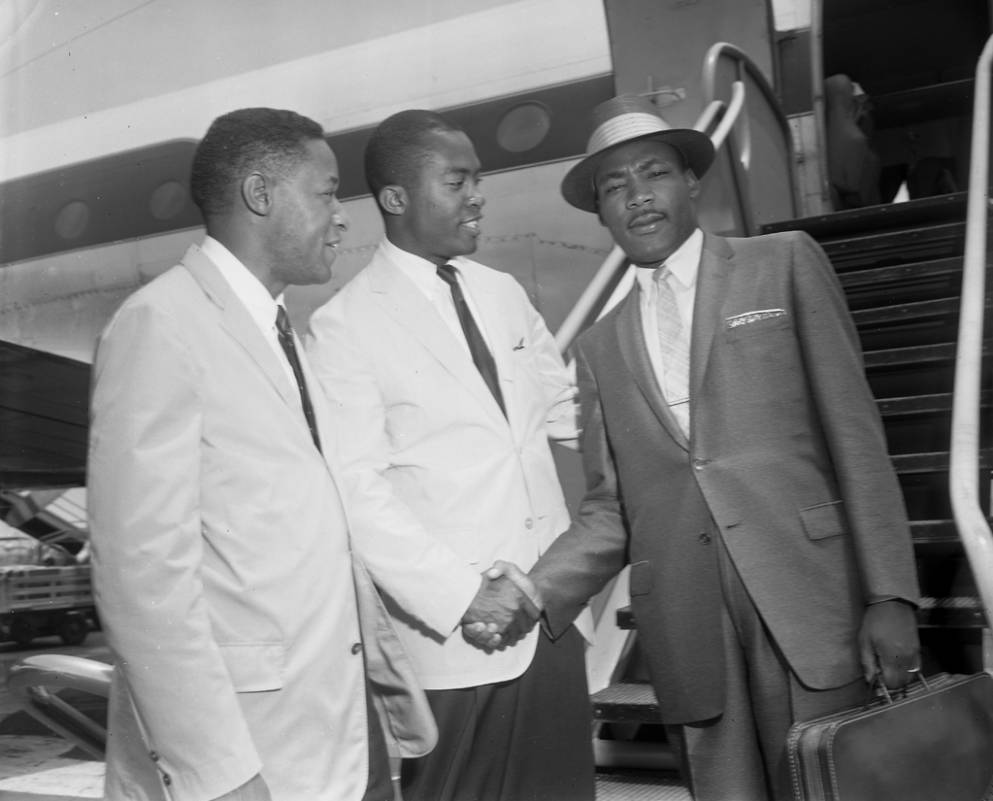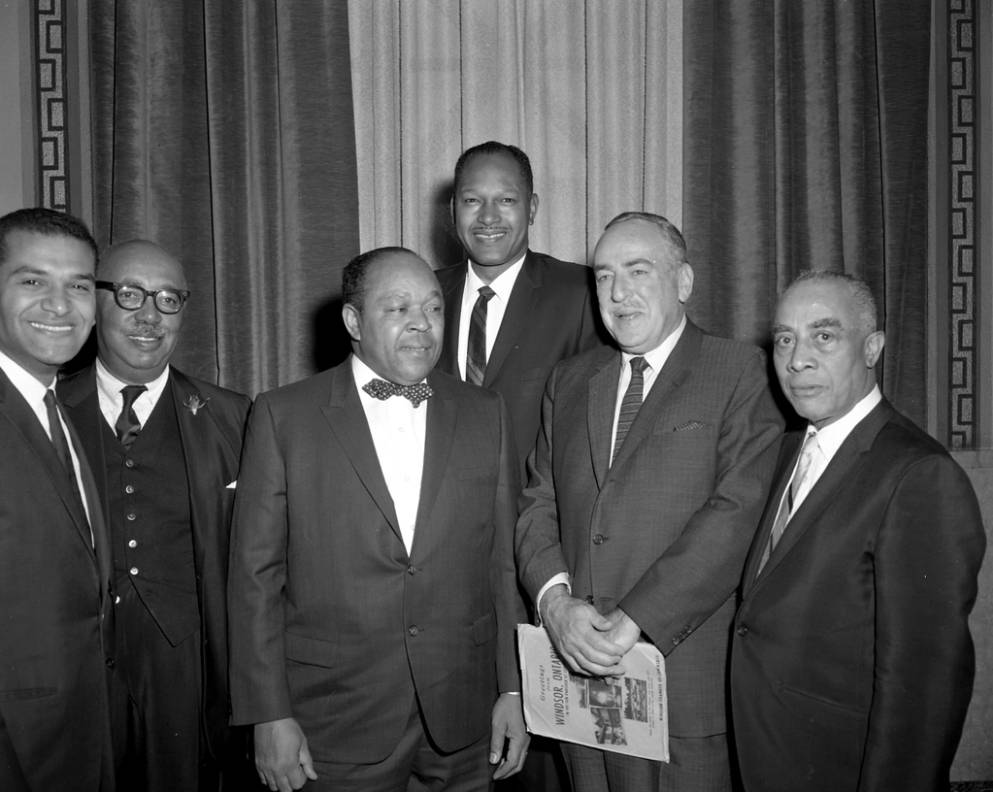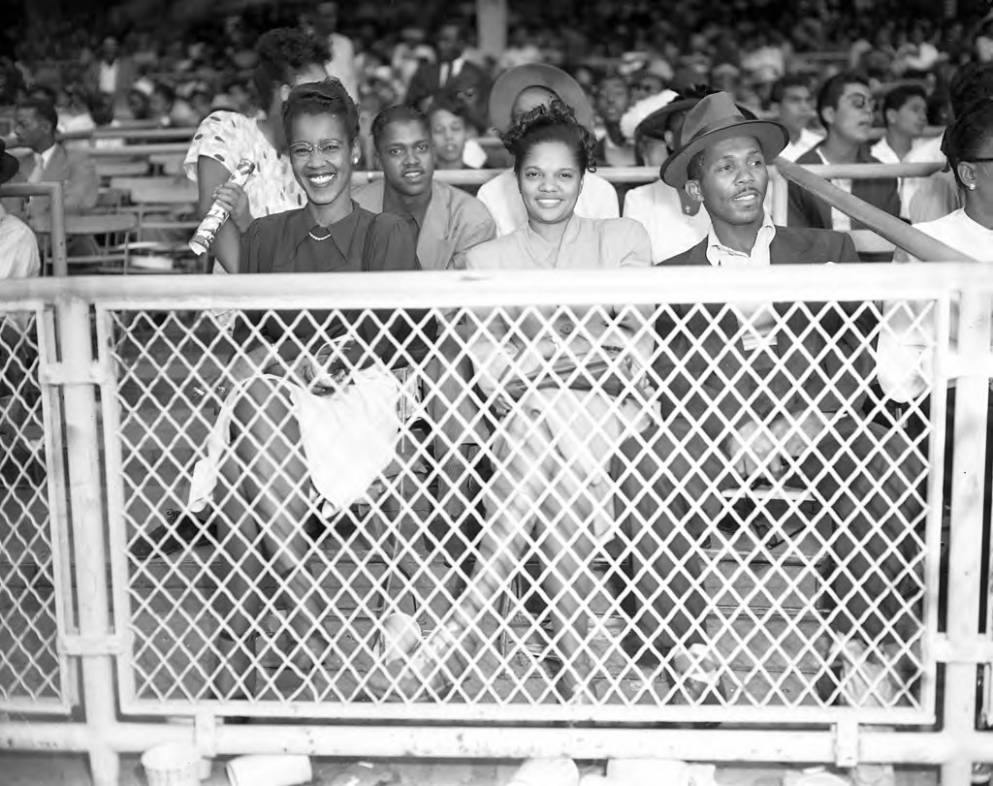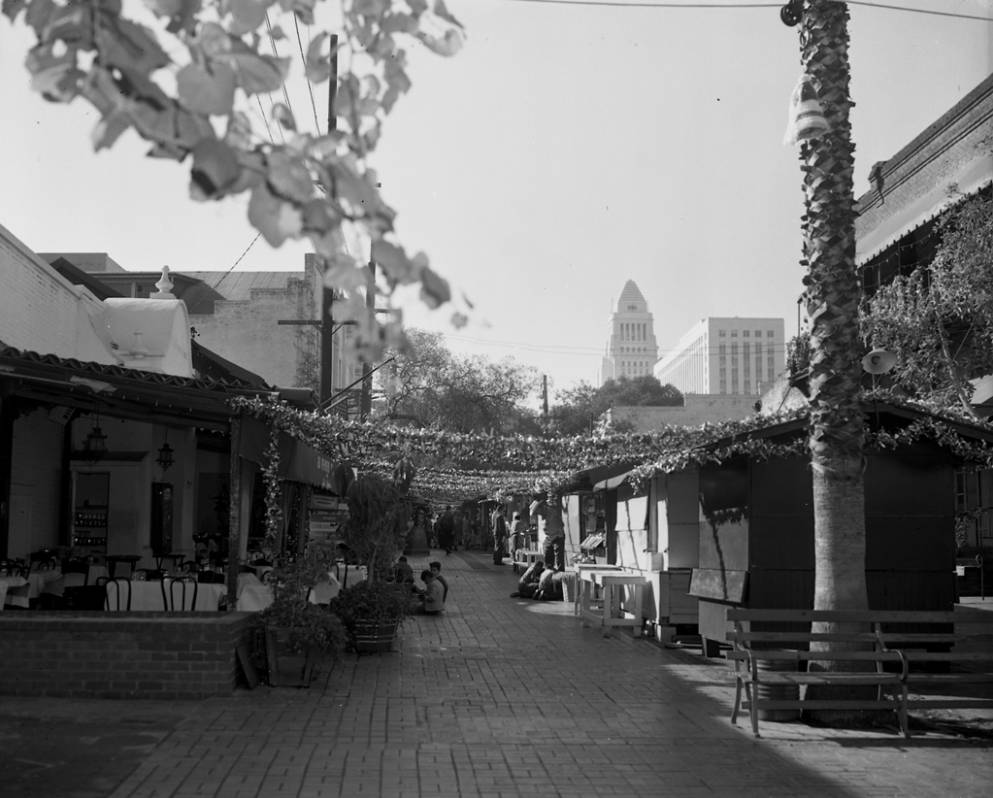Guy Crowder chronicled political, social and athletic events in Los Angeles for over 25 years. After graduating from high school in Compton, he enlisted in the Marine Corps Reserve, serving from 1957-1963. It was during his military years that he developed his interest in photography from a hobby to a career. His professional career began in 1960 as a staff photographer for Your Community Studio in Los Angeles. He took classes at Harbor College and L. A. Trade Technical College.
Crowder worked as a freelance photographer for the Los Angeles Sentinel, LA Metropolitan Gazette, Los Angeles Times, Ebony and Jet Magazines, Herald Examiner, Southwest Wave, Tempo News,and the West Coast News. This gave him the privilege of a close proximity to the heartbeat of his community. In 1974, Los Angeles Supervisor Kenneth Hahn asked Crowder to work for him, making Crowder the first African American to be employed by the Board of Supervisors.
Crowder maintained his own studio and employed as many as three photographers in his shop. Crowder, or one of his photographers routinely worked seven days a week on assignments.
The Guy Crowder collection consists of photographs of black politicians, athletes, and celebrities and includes images of nearly every African American of any importance who passed through Los Angeles and Las Vegas during his career. Highlights include coverage of the Symbionese Liberation Army (SLA) shootout, the police attack on the Black Panthers, the 1965 Watts riots, Mayor Tom Bradley’s campaigns and swearing-in ceremonies, ongoing coverage of the Jackson Five and Michael Jackson, the NAACP, and 100 Black Men, Brotherhood Crusade, the Los Angeles Urban League, Julian Bond, Johnnie Cochran, Jamaal Wilkes, Magic Johnson, Sammy Davis, Jr., Dr. King's funeral, the Grammys, the NAACP Image Awards, Congresswoman Maxine Waters, Walter Mondale, John Wooden, Governor Jerry Brown, and Jimmy Carter’s 1976 presidential campaign.
Popular Subjects
Photographs
Funeral of Martin Luther King Jr., 1968
Sydney Poitier and Freda Payne, Los Angeles, ca. 1976
Richard Pryor and Muhammad Ali, ca. 1978
